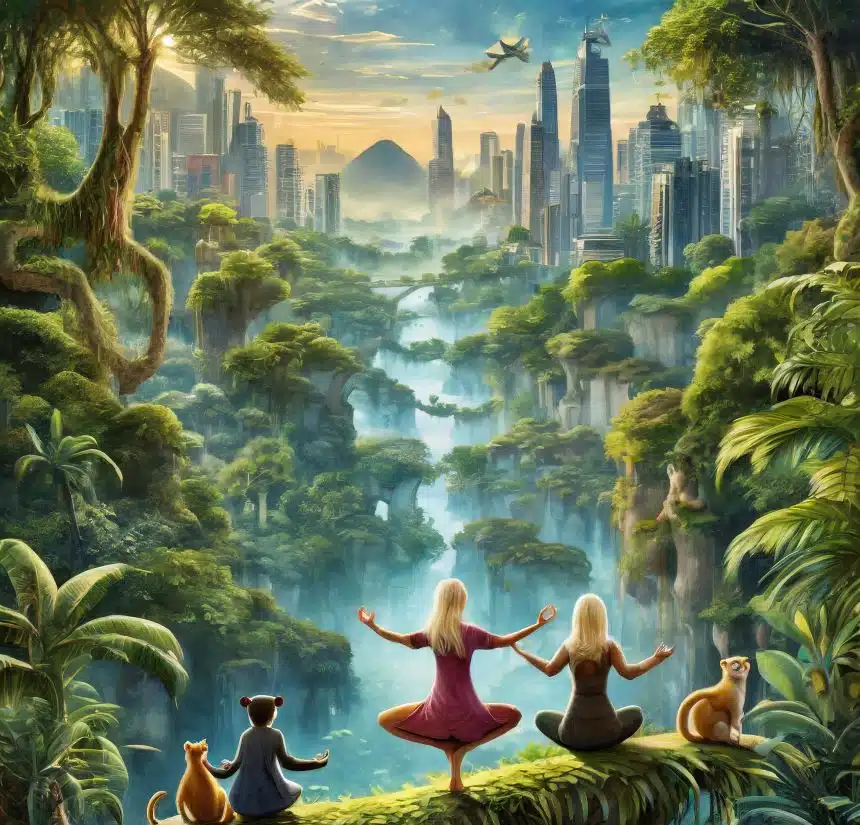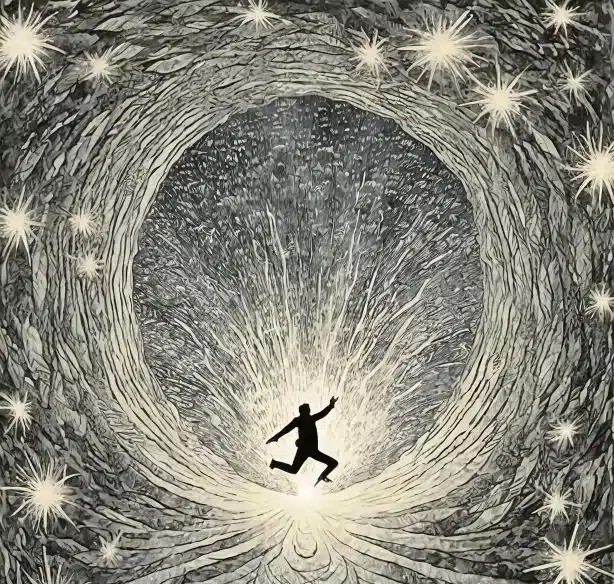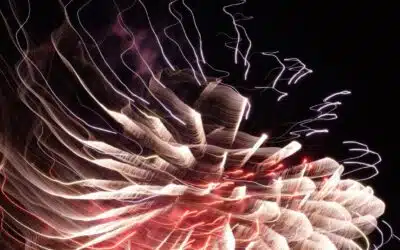Cats and monkeys

Written By Paul Baffier
Blog | Dzogchen practice | Dzogchen Testimonials | Dzogchen Texts
In his biography of the tertön dzogchen master Jamyang Khyèntsé Wangpo, Jamgön Kongtrul compares spiritual practitioners to monkeys and cats.
Cats and monkeys
In a passage from his biography of Jamyang Khyentse Wangpo, Jamgön Kongtrul compares spiritual practitioners to monkeys and cats.
It’s at the end of a passage that targets our all-too-human tendency to blab negatively about our fellow human beings. We always have something to say, some little criticism to find: it’s a way of exercising our anger-aversion by using words. In the process, we forget all our personal failings, we excuse our faults and, full of complacency, we focus on the other person who has a speck of dust in his eye while we have a beam in ours.
So, in our spiritual practice – which merges with our everyday life – we oscillate between the ‘monkey’ attitude and the ‘cat’ attitude.
Our inner monkey is the one who, full of ignorance and confusion, constantly imitates his fellow monkey. We are each other’s mirror, and without knowing exactly what to do – that’s our lack of clarity – we are content, reassured, *to imitate*. There is nothing profound about this ‘doing-like-like’, because it is centered neither on an understanding born of reflection-digestion of the teachings, nor on direct experience born of concentration practice. It’s a simian ‘faire-pareil’, relying as it does on external conventions, on ‘what’s done’, on ‘everyone does it this way’, and so on. It leads nowhere along a spiritual path, because it only leads to practice being frozen in stillborn conventions, in cultural forms that are ersatz liberation. (We touched on this in the space of freedom and the triple requirement) The space of the monkey is a space where we don’t know why we do what we do.
“I’ve often heard Mila Khyenste say that we mustn’t fool ourselves, that we must constantly question our practice and never turn the remedy into a poison.”
Thanks to Matthew Akester for the explanation, which he got from a Lama in Kham). Yes, you know, that’s the way cats are. There they are, on the windowsill, a little indifferent, a little already outside the house but still inside it – between two worlds, not really concerned. Their attitude suggests that they don’t need you, that they’re autonomous, that they can look after themselves. But nothing could be further from the truth. They too are looking for love, caresses, earthly and heavenly nourishment. In the same way, we often come across the “cat” practitioner who believes he needs nothing, who dispenses with all advice, who believes he has understood everything, who goes his own way, who has no god or master, who has digested the wisdom of the world, who needs no guide, no sacred place, no ritual, no tradition. It practices an ‘autonomy’ that has the ego as its master, error as its path and disappointment as its result. The chat room is a place where you’re convinced you know exactly what you’re doing.
I’ve often heard Mila Khyenste say that we must not fool ourselves, that we must constantly question our practice and never turn the remedy into a poison. These days it seems to me that the practice of the Great Perfection takes us from disillusionment to disillusionment; but that it’s by peeling back the layers of the onion that we can rediscover the empty, living truth. And that, in this empty liveliness, the space of confusion of the monkey and the cat is transformed into a path of liberation.
Therefore, we must replace our ordinary monkey and cat attitudes with the non-ordinary attitudes of the Great Perfection monkey and cat.
The Great Perfection monkey has the saying, “Fake it until you make it.”. Constantly concentrating on clarity-luminosity, he aspires to it with all his strength; his devotion is great, his enthusiasm is unflagging; he imitates everything he can learn with great joy; he goes deeper little by little. He walks the gradual path of progressive learning, constantly moving forward, from pirouette to pirouette. Every lesson is a new branch of the tree for him to swing from, he takes the exercises as games, and his knowledge grows. One day, he stopped pretending. That’s it. There is no longer a phenomenon that is not Great Perfection for him. The forest opens up to him.
As for the cat of Great Perfection —
he smiles.
he is the cat of the immediate leap [1]
in a sec he vaults into the beyond
and without further delay,
because there is nothing to say,
he leaves Rilke
the tip of his tail :
“Who knows cats? Is it possible, for example, that you intend to know them? I confess that, for me, their existence has never been never more than a rather risky hypothesis. […] Sometimes, in the evening, at dusk, the neighbour’s cat jumps across my body, ignoring me, – or to prove to bewildered things that I do not exist.” [2] .
More Posts
KO Outside, OK Inside?
In this article “KO outside, OK inside?”, Damien talks about how chaotic external conditions are opportunities for Liberation.
Living in a Big City
In “Living in a Big City”, Nils proposes to change the way we look at big-city crowds, by considering manifestations of the same nature.
Advice for Difficult Times
In this article “Advice for Difficult Times”, Johanne talks about Yeshe Tsogyäl’s difficult and extraordinary journey and the advice she got.





